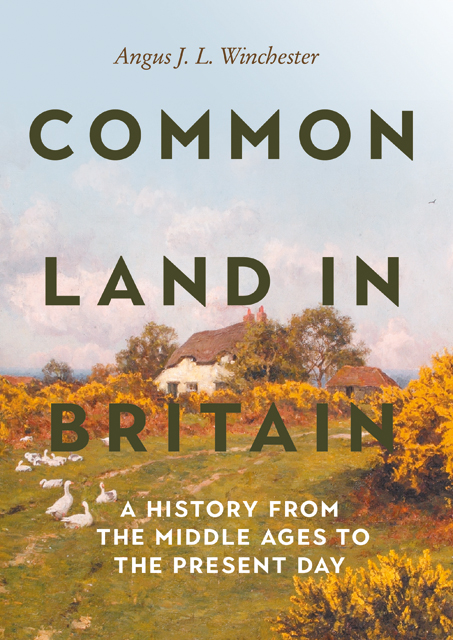Chapter 4 - Commons as Communal Spaces
Published online by Cambridge University Press: 20 December 2022
Summary
Commons were peopled places, frequented by individuals and groups as they drove and tended livestock, cut gorse and bracken or dug turf and peat, depending on the season. Some laboured alone: a boy tending his grandfather’s cattle on Ashdown Forest in the early nineteenth century later commented, ‘Terribly lonely work it was’. However, encounters on common land were part of the fabric of society in medieval and early modern times, as the lives of those labouring there intersected with others passing through. A witness in a dispute over commons in Wensleydale (Yorks. N.R.) in 1579 recalled bargaining for butter and cheese with local womenfolk who were milking their cows and ewes as he crossed the common. Another remembered chatting (sitting ‘one hour together’) with commoners digging peat, when he was fetching his father’s cattle home. In the heathland environments of southern and eastern England, the windmills which stood on high points on many commons would, likewise, have been places for exchange of news and gossip, as the grain carts came and went. Voices and laughter were as much part of the soundscape of common land as the wind and the cries of birds. On a small Bedfordshire common one May evening in 1653, a lady encountered ‘a great many young wenches’, tending sheep and cows, who were sitting in the shade ‘singing of ballads’. Commons were part of the daily lives of young people and children, where work, play, merriment and courtship intertwined.
Commons thus played a part in medieval and early modern life in ways which extended far beyond the uses sanctioned by formal property rights: by no means all those who spent time on common land were exercising common rights. This chapter turns to explore one aspect of this: the use of commons as places for communal gatherings, large and small. Four reasons for going out onto common land to assemble with others stand out: to discharge obligations to those in authority, to trade, to engage in sport and to protest. From folk moots in the early medieval centuries, to cattle fairs and horse races in the later medieval and early modern periods, and evangelical preaching and political rallies in the eighteenth and early nineteenth centuries, men, women and children were drawn to gather on common land, especially, but by no means exclusively, on commons close to towns.
- Type
- Chapter
- Information
- Common Land in BritainA History from the Middle Ages to the Present Day, pp. 83 - 110Publisher: Boydell & BrewerPrint publication year: 2022

